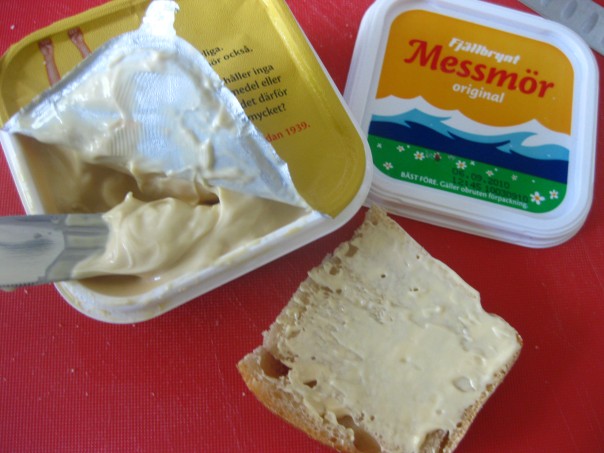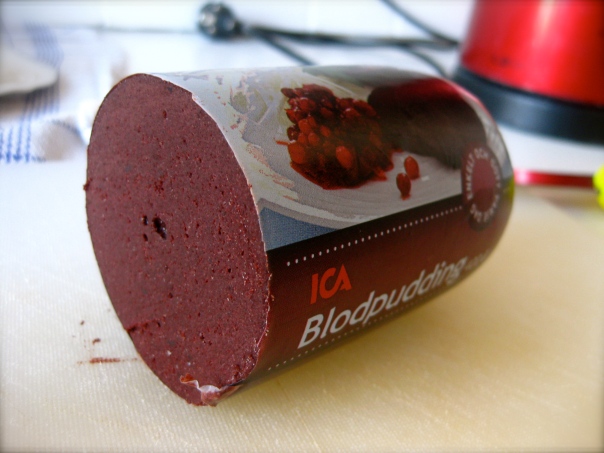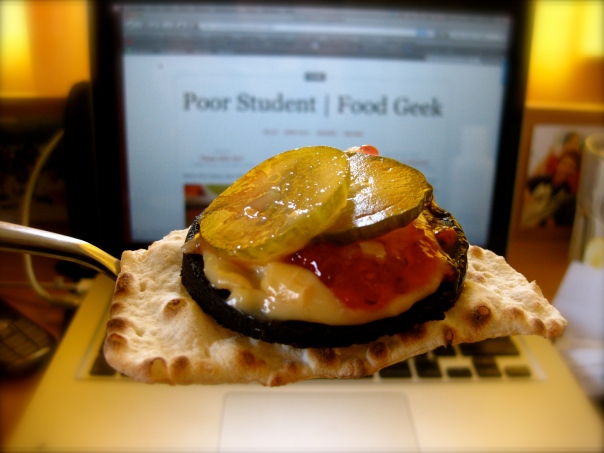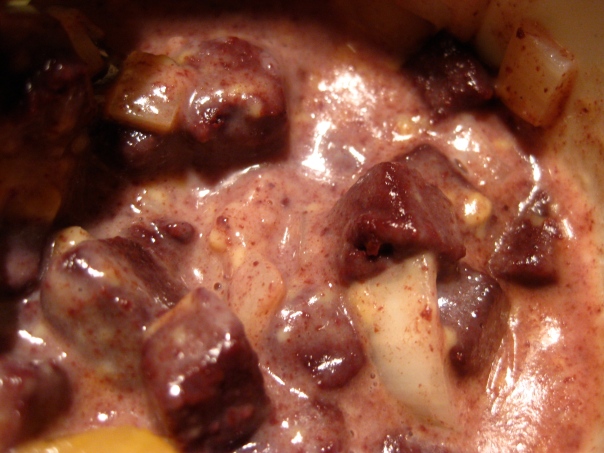My dear readers, apologies for my long hiatus from blogging.
After five weeks of food indulgence in my food haven home of Singapore and…
five weeks of food travels and organic farming in Eastern Europe…
I’m now back in the Netherlands, once again living within one of the most neophobic cultures in the world. The Dutch have a saying that goes: Wat de boer niet kent dat eet hij niet, often used in excuse of their reluctance to allow unknown foods on their palate or even their plate. It happens to be the only Dutch saying that I know, as ever so often when I prepare something unusual from Southeast Asia, it would be met with equal reactions of delightful curiosity and of politely watered-down gag reflexes, AND a proclamation of this saying.
Surprisingly though, with this return to Wageningen, the friends seem to be a lot more fearless, unquestioning, and willing to ingest some foreign objects laid on the table by yours truly. Perhaps, by now they have been positively conditioned to know that poorskinnychef here loves them and loves food and will not poison them with ingredients laboriously lugged 10,000km across the globe?
With that, I refer to one of the foods that I missed so much while being away for 11 months last year. It is probably the last thing I would expect a Dutch person to want to try due to its freakish appearance… yet, several friends have pleasantly surprised me by their positive acceptance of the CENTURY EGG. 🙂
 (See the snow-flake pattern on the egg that I had with pickled ginger as a side with my dinner? Beautiful, isn’t it?)
(See the snow-flake pattern on the egg that I had with pickled ginger as a side with my dinner? Beautiful, isn’t it?)
While being home this summer, I had a fair dose of this wonder of traditional Chinese preservations. The century egg or 皮蛋 (leather egg, in reference to its leathery texture of the brown jelly that was once the white) is made by preserving eggs in a mixture of clay, ash, salt, calcium oxide (alkaline ingredient), coated in rice husks, and left to be transformed over the next several weeks to months.
The alkaline medium that the egg is stored in raises the pH of the egg, and in the process, proteins are denatured, sulfur and ammonia is released from the amino acids, resulting in reactions that are responsible for:
1. green colour of the yolk (iron sulfide that is also responsible for the green layer on the yolk of overcooked hardboiled eggs)
2. broken down proteins and fats to produce a sweetish ammonia flavour and other flavourful compounds (MMM!) that give this egg so much more character than a ‘normal’ one.
3. clear gelled egg ‘white’ probably due to the breakdown of proteins that result in a more open gel that forms in comparison with a heat-coagulated opaque egg white. just my hypothesis.
The point is that, there’s really nothing to be afraid of (no horse urine myth, please)…
My favourite way of eating the century egg is in Century Egg and Minced Pork Congee, because the flavour of the egg compliments the rice porridge deliciously well, sending a warm and wonderful sensation through my entire body 🙂 It’s the ultimate comfort food, the ultimate winter food, the ultimate homesickness food.

Century Egg Minced Pork Congee Recipe my own recipe for 2 from previous congee-cooking experiences
Ingredients:
- 100g minced pork marinated in soya sauce
- 1 cup rice (long-grained)
- 1 litre of water
- 1/2 chicken stock cube
- 2 slices of ginger
- sesame oil, white pepper, soya sauce, fried shallots, chopped spring onions, fried dough fritters (you tiao) for optional but recommended topping
- 1 century egg
Method:
- Stir fry minced pork in pot (enough fat in the meat to not have to grease pan), and set aside when cooked.
- Add rice, water, ginger to the pot and bring to a boil
- When rice has softened after 15 min, lower to a simmer and stir until rice has broken down (about 30 min)
- Add chicken stock cube to taste (depends on how salty you like your congee!). Add more water to the desired consistency.
- Remove ginger slice, mix in minced pork and century egg sliced into small wedges / cubes.
- Top with a sprinkle of soya sauce, sesame oil, pepper, spring onions, fried shallots… and tuck in!
But of course, you wouldn’t have to spend a whole hour at the stove stirring the magic pot to enjoy the egg as here’s a couple other alternatives that are just as awesome.
Century Egg with Pickled Ginger Recipe see Camemberu’s
Ingredients:
- 1 century egg
- pickled ginger
Method:
- Slice century egg into 8 wedges
- Top each wedge with a slice of pickled ginger
- Eat!
That was too simple, wasn’t it? Here’s another delicious one.
Century Egg with Silken Tofu Recipe from the Graces of NUS FST’05 🙂
Ingredients:
- 1 century egg
- 1 block / 1 tube of soft chilled silken tofu
- 2 tsp soya sauce
Method:
- Slice silken tofu into 1cm slices.
- Chop up century egg into cubes of half cm dimensions (or bigger or smaller, it’s up to you) and sprinkle on top of the tofu.
- Sprinkle soya sauce over the dish.
To the supportive Wageningen readers of my blog, I have 2 more of these treasures remaining, and I would love to prepare these dishes for you IF you would make a comment here that you would like to try it. Really, good food isn’t good food until it’s shared. To non-Wageningen Dutch residents, I’ve seen these century eggs (6 euros for 6 eggs) in a hidden bottom corner of a shelf of a Chinese supermarket in Amsterdam’s Chinatown. 😉
Interestingly, an alternative Chinese name for this egg is the ‘松花蛋’ or ‘Pine-patterned egg’ — Why interesting? Because I have just started my research project on the Pine Nut Syndrome and I’m currently (and desperately) collecting reports and samples from the public regarding pine nuts that have caused their taste disturbance that is described as : an offending bitter metallic aftertaste in the mouth upon consumption of any food, and these symptoms show itself 1-2 days after ingesting the pine nuts, and lasts for 1-2 weeks. Please contact me at pinenutsyndrome@gmail.com if you have a recent experience of this!
















